Ecological Management
Since its creation and long before any environmental recommendation was issued, the Royal Ostend Golf Club has been paying every effort to protect the beautiful dunes and their original fauna and flora.
The ROGC is the only ‘Links’ in Belgium and we all know that a ‘Links’ is not made but laid out in nature respecting its ecological diversity!
Based on sandy soil and often amongst dunes, the origin of links courses goes back to areas with rabbit scrapes and where sheep sheltering from the wind created pits in the sand - that is how the bunker was born. Nowadays links bunkers are often small and deep to prevent the sand from blowing away.
Because of the landscape they are in and the grass species they boast, true links courses naturally look unkept. Fairways are rarely watered but these firm and fast conditions make for a true test of golf … especially when the wind blows.
Welcome to our technical, challenging and ecological links course!
In 2003 the Royal Ostend Golf Club was the first golf club to introduce a ten year ecological and biodiversity management plan, aiming at creating a top true links course while committing to a long-term vision to protect and respect the environment
A massive reduction in the use of water, pesticides and chemical fertilizers was achieved. Reseeding with grasses more resistant to drought (fescue and bent) is an ongoing process. Natural dune biotopes are re-introduced through the removal of exogenous plant species. This has contributed to the re-appearance of birds, amphibians, flowers and butterflies which had not been seen for many years.
The Royal Ostend Golf Club was also the first Belgian Golf Club to have obtained a five star GEO certification.
In 2020 the ROGC renewed its commitment to the natural environment by drafting a new ambitious plan for the next 20 years. The project is embedded in a Nature Directive aiming at dramatically increasing biodiversity and protecting the natural eco-habitat. This ambitious plan to safeguard the original dunes and Belgin coastal environment is supported by the Flemish and Belgian Governments and by the European Union.
This project is imbedded in a Nature Directive Plan with the goal to increase dramatically the biodiversity and its natural ecological habitat. The ambitious plan is to protect the original dunes & environment of the Belgian coast, supported by the Flemish, Belgian & European Government.
These are some of the endangered plant and animal species we have succeeded to protect or to bring back to our links course:
Himantoglossum Hirnium, Lizard Orchid. The largest concentration in Northern Europe of this endangered orchid species can be found on our golf course.
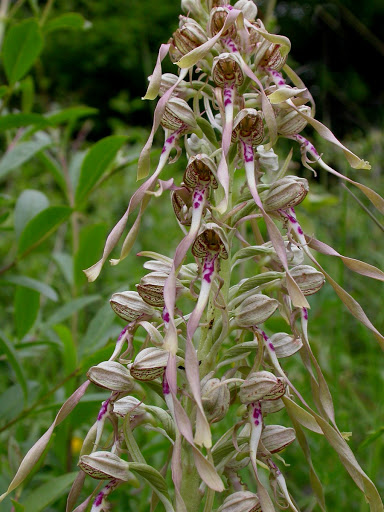
Apium Repens, Creeping Marshwort. A rare creeping marsh plant.
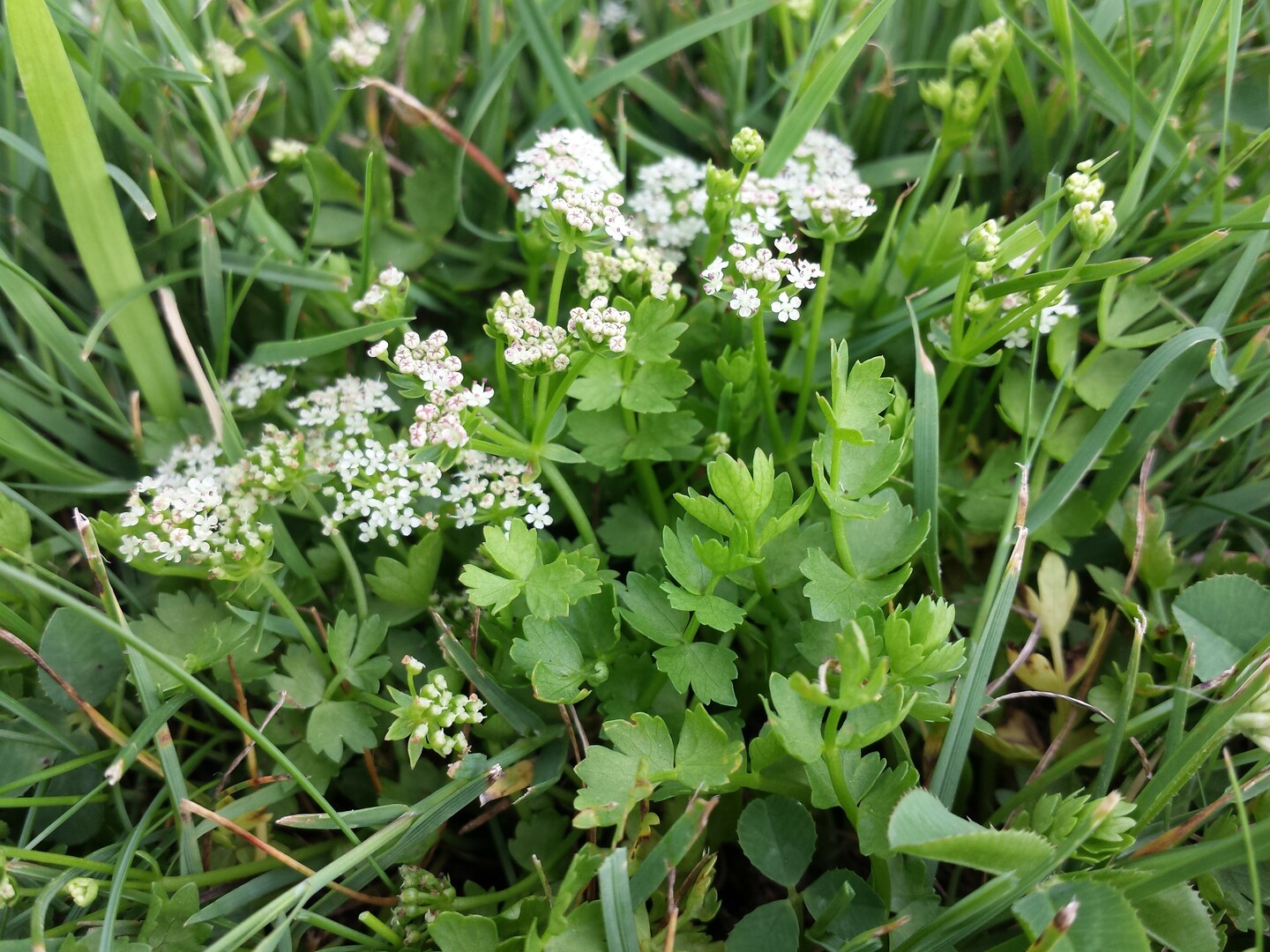
Vertigo Angustior, narrow-mouthed whorl snail. A minute land snail.
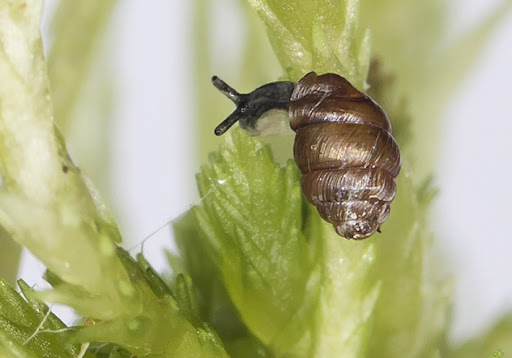
Bufo Calamita, the very rare Natterjack Toad.
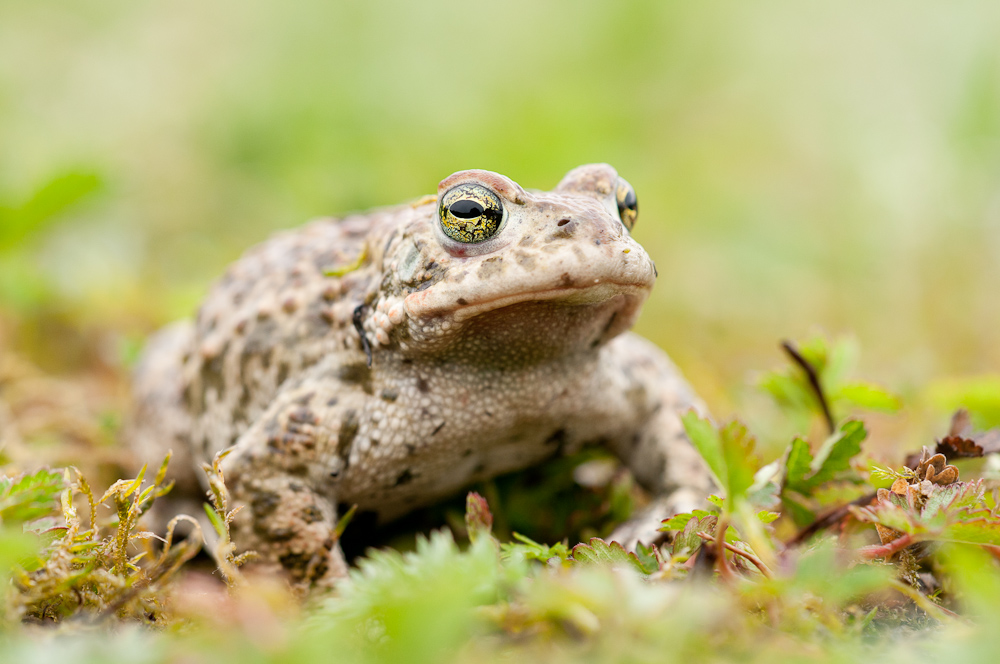
Oenanthe Oenanthe, Northern Wheatear. Our golf course is one of its last breeding grounds.
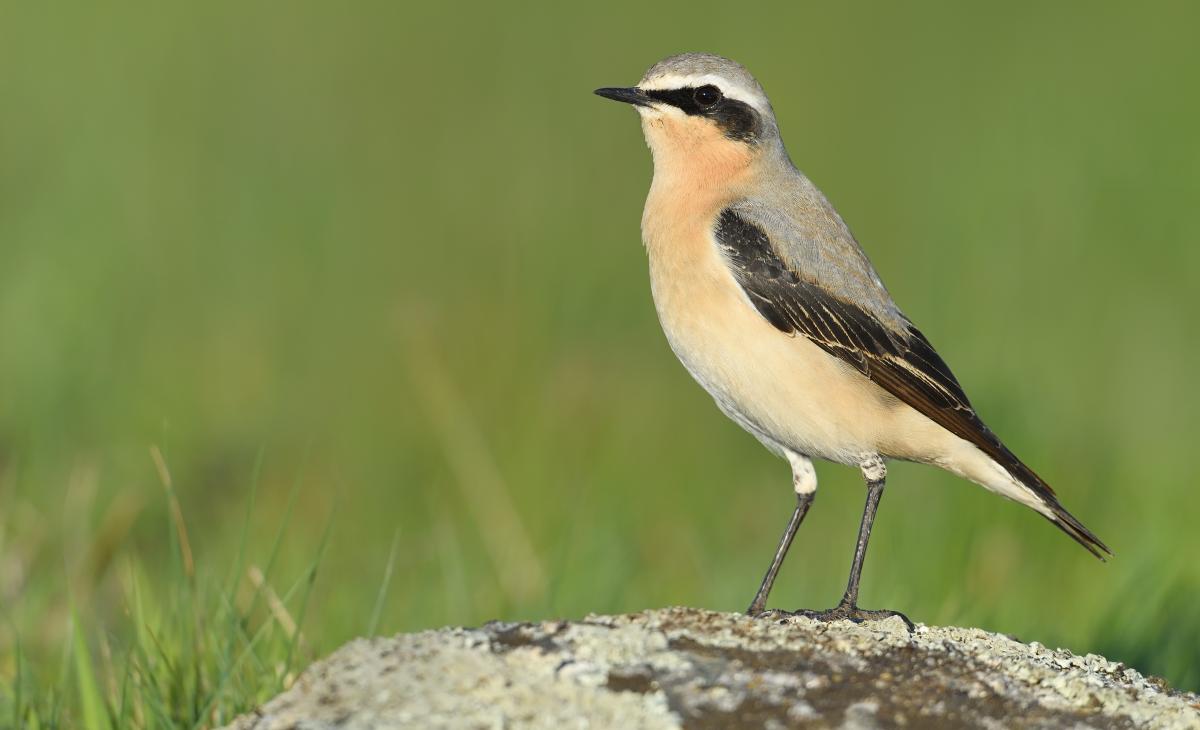
Saxicola Rubetra, Whinchat is also a rare breeding bird on our Links course.
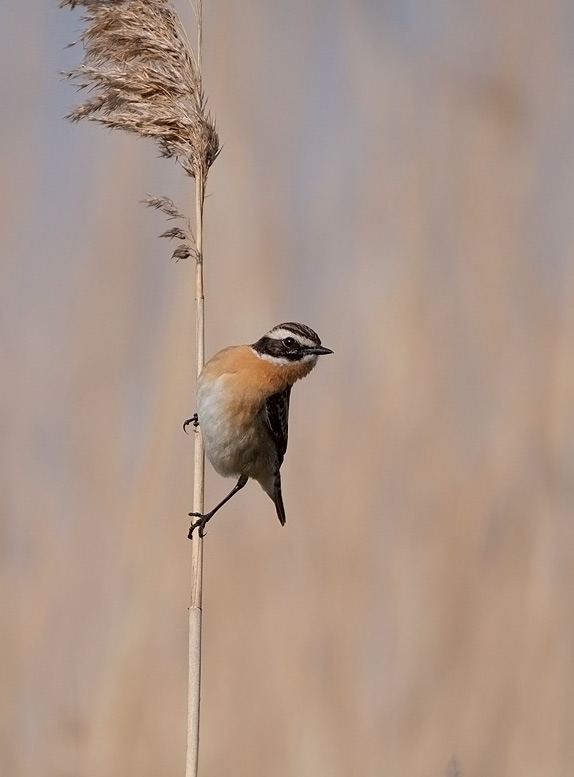
Triturus Cristatus, the very rare Great Crested Newt has been spotted in one of our natural ponds.
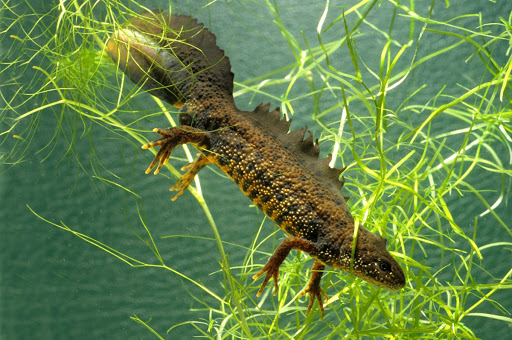
The ROGC 's ecologically groundbreaking plan was approved by the Flemish Government in the spring of 2021 and is considered to be a true shift in landscape management.
Project “CurieuzeNeuzen in de Tuin” (Dutch for "inquisitive noses in the garden") at ROGC
You may notice a strange kind of dagger standing in the rough of Hole 2. This is a temperature and soil moisture sensor, part of the project “CurieuzeNeuzen”. “CurieuzeNeuzen” is a massive citizen science project by means of which the Flemish Government seeks to gain insight in the microclimate of people’s gardens as well as of larger green spaces and to measure to which extent they are susceptible to heat and drought. The aim is to understand the impact that landscape elements have on the microclimate and does to crack unsolved climatological problems. This “lawn dagger” is part of a network of 5000 miniature weather stations all over Flanders. From April until October the ROGC wil update the data on a daily basis and monitor the humidity level via 4G. The results can be followed ‘live’ on our website. Combined with the data provided by our new weather station at the top of the 8th Hole Tee and with other monthly measurements taken from more than 20 monitoring sources scattered all over our course, these data will give us a better understanding of the evolution of the humidity level on the course. Because measurement brings knowledge ad knowledge is key in making the right decisions.
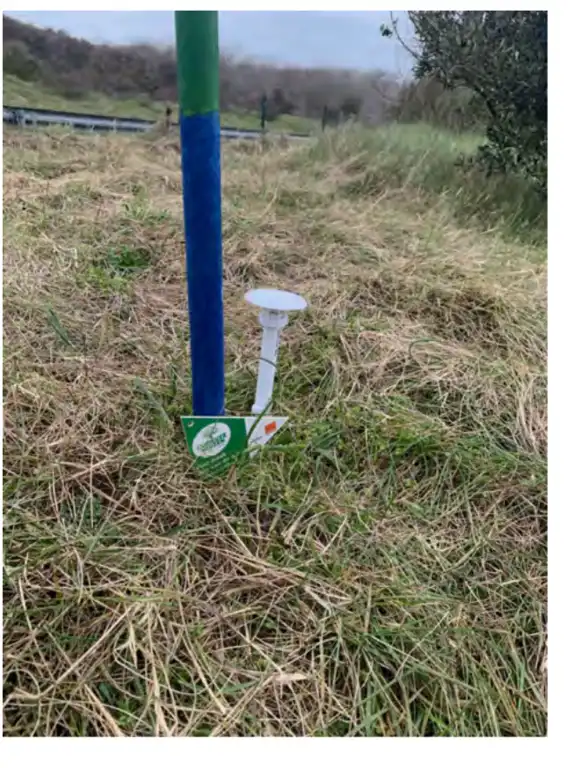
Live updated data:
